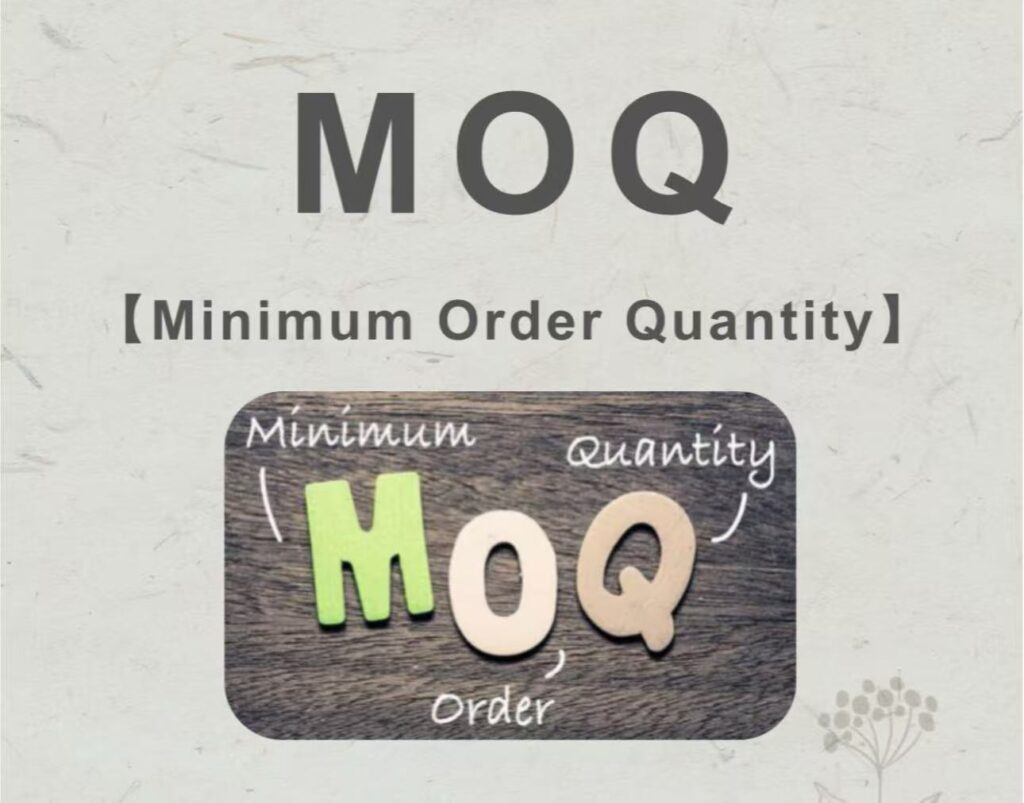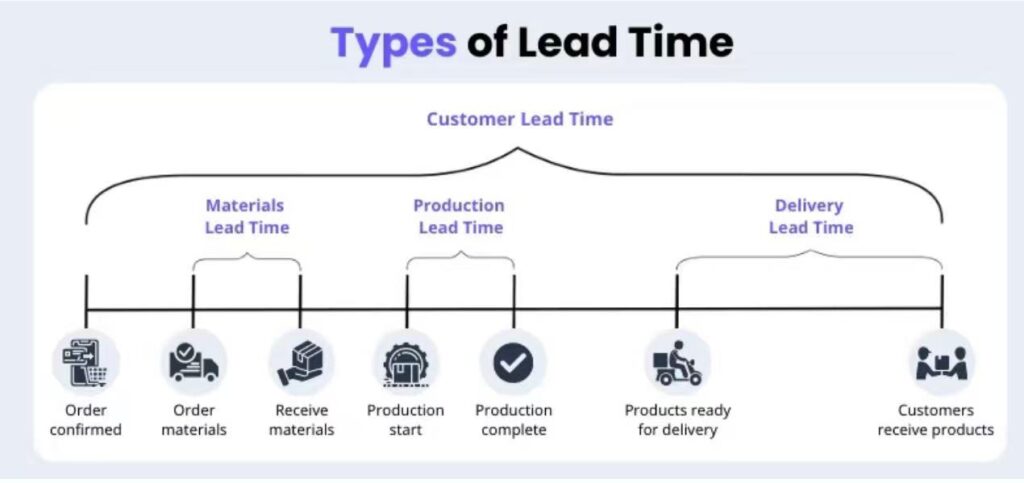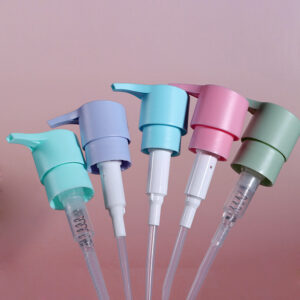When we do foreign trade cooperation with Chinese manufacturers, a clear quote is the base of our cooperation. But for lots of overseas buyers, those professional terms in the quote—like MOQ, ពេលវេលានាំមុខ, and Incoterms —often causes communication barriers. If you can’t understand this keywords, it might not just make you spend more money or wait longer for deliveries; it could even cause contract problems. So this essay will break down these three important things simply, to help you get Chinese manufacturers’ quotes easily and avoid risks in cooperation.
1.MOQ: The Cost Secret Behind Minimum Order Quantity

MOQ (Minimum Order Quantity) is a basic rule in Chinese manufacturers’ quotes, it’s the smallest number of products a supplier is willing to take an order. The MOQ is not arbitrarily limited by the manufacturers, it depends on how they produce things and their cost structure. ឧទាហរណ៍, the MOQ of a plastic trigger factory is determined by the quantity of raw materials. ជាទូទៅ, the minimum order quantity is 10,000 pieces. If your minimum order quantity is low and you have many colors, it will be a headache for the factory. Because in the production process of different colors, each time you change a color, it takes a long time to clean the machine, which wastes raw materials and is also time-consuming. So the smaller the quantity, the higher the price.
For you as a buyer, understanding MOQ means adjusting based on what you need. If you want to buy fewer than the manufacturer’s MOQ, there are two ways we can try. First, negotiate a mixed-style MOQ with them. That means combining different styles of products to reach the minimum order number. Second, be okay to accept a small price increase. Some manufacturers use tiered pricing for small orders. Like if you order 1,000 pieces, it’s $10 each; but 500 pieces would be $12 each. But it should be noted that reducing MOQ too much may result in lower product quality. If manufacturers skimp on raw material standards to save money, you’ll end up with more risks in your purchase.
2.ពេលវេលានាំមុខ: The Hidden Snag in Delivery Schedules

Lead Time is the time from when you confirm the order to when the products ship out. Chinese manufacturers usually write “Regular Lead Time: 30-45 days” in quotes, but the real delivery time can be affected by a few things. First, initial proofing and confirmation of bulk samples take a long time. Second, production scheduling and order placement can extend delivery times when manufacturers have a large number of orders. Third, quality inspection and packaging also affect delivery times. If the product requires third-party testing, an additional 7 ទៅ 15 days will be required.
When you look at Lead Time, you should take the initiative to ask the manufacturer: “What does this time include?” Make sure if the 45 days in the quote is just production time, or the whole process.That way, there’s a legal way to make sure they deliver on time. Besides, you should leave some buffer time. Like, plan for the goods to arrive 15 days after the manufacturer says they’ll ship—so logistics delays don’t mess up your sales plans.
3.Incoterms: The Who Does What Guide for Trade Rules
Incoterms (International Commercial Terms) are key rules in Chinese manufacturers’ quotes—they spell out what the buyer and seller are each responsible for, who pays for what, and who takes the risks.
Common ones are FOB, CIF, and EXW. Each term means totally different responsibilities. Let’s take the most used one, FOB. If a quote says “FOB Ningbo” that means the manufacturer will take the goods to SNingbo Port and load them onto the ship. Once the goods cross the ship’s rail, all the risks and costs are on the buyer. For CIF, the manufacturer has to do more than FOB, they also pay for the freight to the destination port and the insurance. EXW is the one where the manufacturer has the least to do: they just need to have the goods ready at their factory. You have to handle everything else, transport from the factory to the destination port, insurance, and customs clearance.

Figuring out Chinese manufacturers’ quotes is really about making clear who’s responsible for what, and keeping costs and risks under control. You need to look at MOQ, ពេលវេលានាំមុខ, and Incoterms together. ឧទាហរណ៍, a high MOQ might mean a lower price per piece; a long Lead Time could mean the production process is more complicated; and different Incoterms directly change how your total cost adds up. If you talk to manufacturers actively about the details, make contract terms clear, and leave some buffer time for risks, you’ll really get what’s behind the quote—and build a stable, smooth working relationship with Chinese manufacturers.






